
Copernical Team
T - 2 days to inaugural Vega-C launch: watch it live
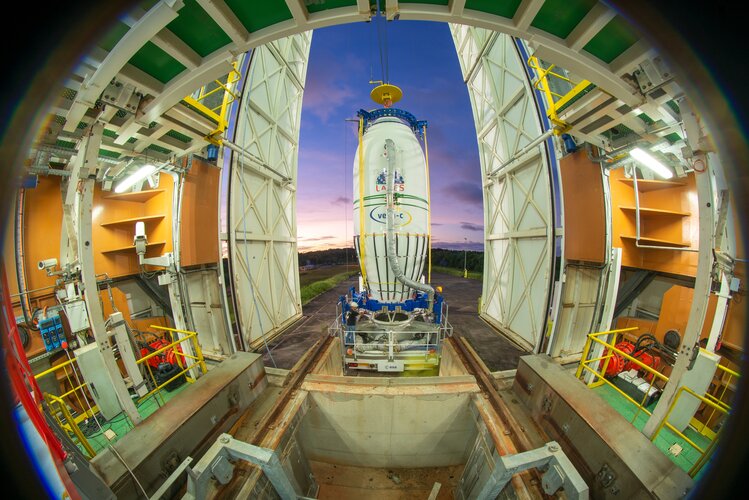
ESA’s new Vega-C rocket is nearly ready for its inaugural flight. You can follow live on ESA Web TV. Flight VV21 will lift off as soon as 13 July at 13:13 CEST, pending suitable conditions for launch.
Broadcast begins 12:45 CEST/11:45 BST on ESA Web TV
13:13 CEST/12:13 BST – liftoff
ESA by Interrail
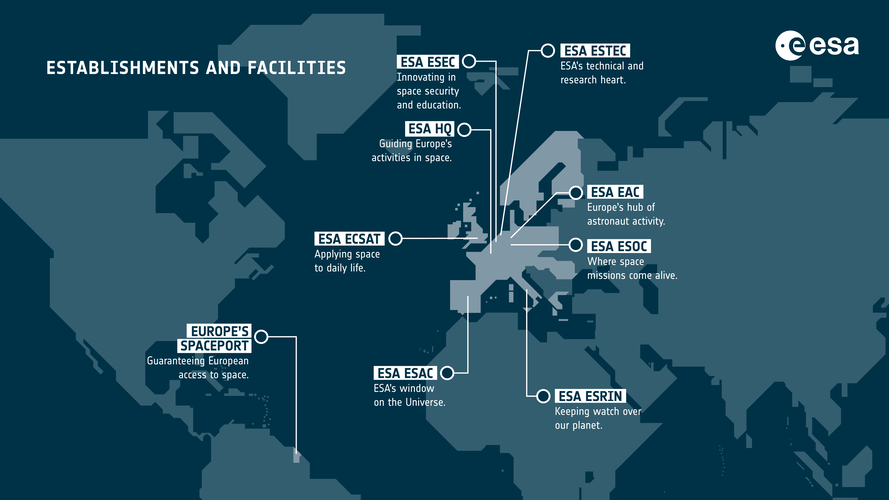
Vincent Müller, a recent school-leaver, will visit all of ESA’s European sites in the next two weeks. The lucky winner of a free Interrail ticket from the DiscoverEU programme, he decided to use the ticket to make this journey and will share his experiences in a blog to enthuse young people to pursue a career in space.
ESA to embolden Europe's space exploration
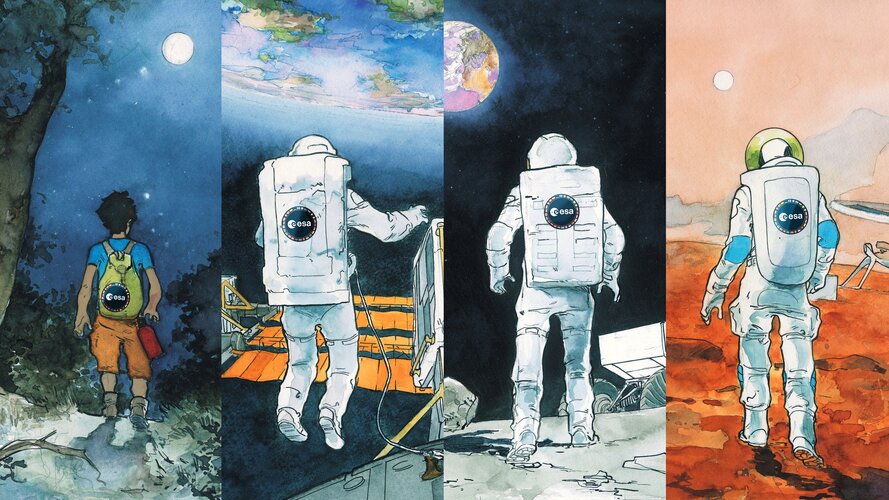
A 12-strong star-studded advisory group is to guide ESA’s human and robotic space exploration as the agency aims to increase European ambitions in space.
Vega-C: Stacked and ready to launch
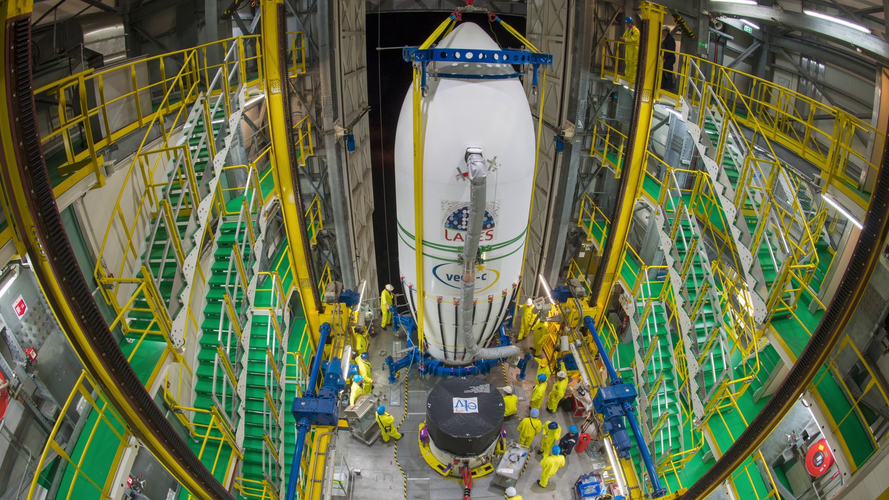 Video:
00:01:48
Video:
00:01:48
ESA’s newest launcher stands nearly 35m tall when its four stages and payload are fully stacked. For its inaugural flight, VV21, the main payload is LARES-2, a scientific mission of the Italian space agency, ASI.
NASA's head warned that China may try to claim the moon. Two space scholars explain why that's unlikely to happen
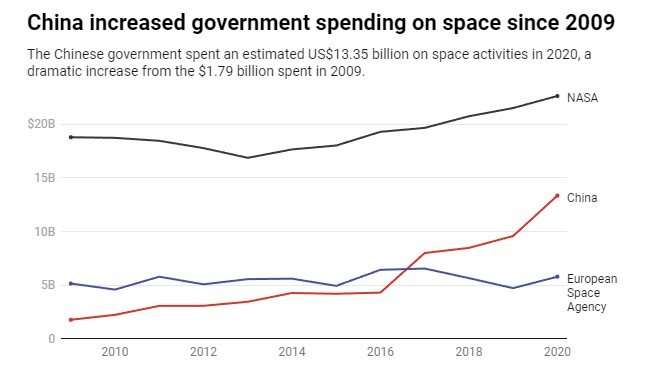
NASA Administrator Bill Nelson recently expressed concerns over China's aims in space, and in particular, that China would, in some way, claim ownership over the moon and stop other countries from exploring it. In an interview with a German newspaper, Nelson cautioned, "We must be very concerned that China is landing on the moon and saying: "It's ours now and you stay out." China immediately denounced the claims as a "lie."
This spat between the administrator of NASA and Chinese government officials comes at a time when both nations are actively working on missions to the moon—and China has not been shy about its lunar aspirations.
In 2019, China became the first country to land a spacecraft on the far side of the moon.
EXPLAINER: When is Manhattanhenge? Where can you see it?

There's another chance to catch a supermoon on Wednesday
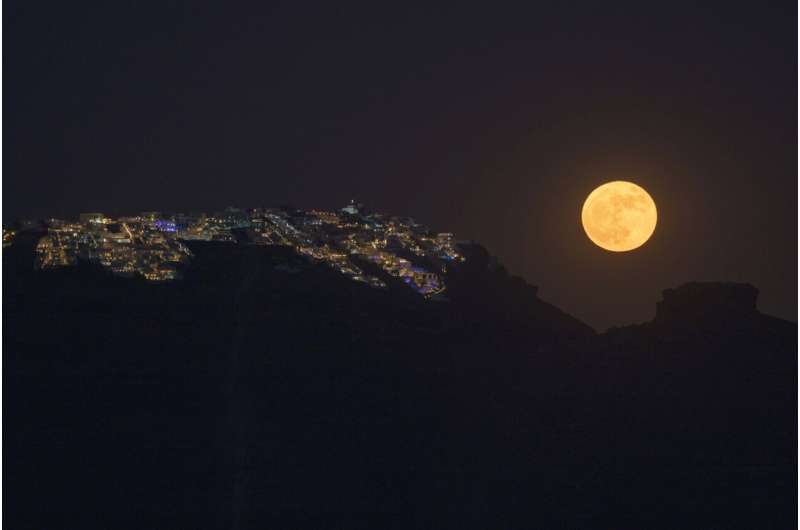
Excitement builds as Biden to release first image from Webb telescope
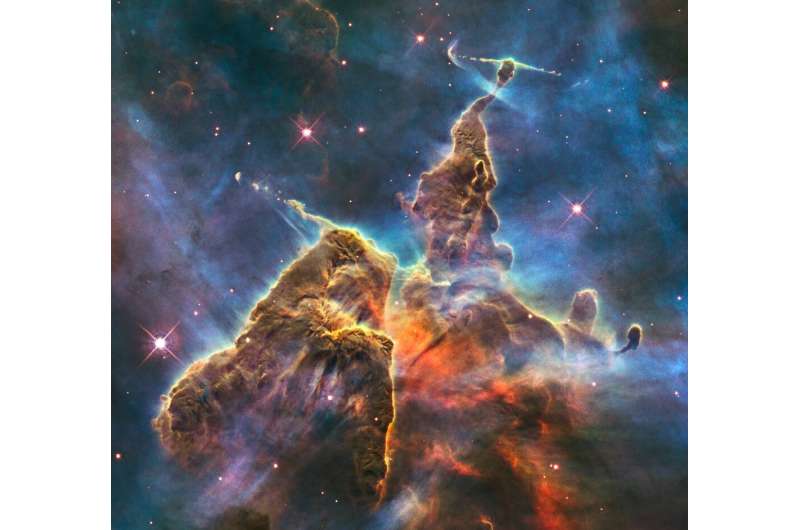
US President Joe Biden will Monday release one of the first images taken by the James Webb Space Telescope, the most powerful observatory ever sent into orbit and a leap forward in uncovering the secrets of the distant universe.
The unveiling will take place at 5:00 pm (2100 GMT) during a livestreamed event at the White House, official statements said, leaving the space community in a state of keen anticipation.
NASA revealed last week Webb's first targets included distant galaxies, bright nebulae and a faraway giant gas planet.
To Sicily and beyond: ESA, partners debate future of space transportation
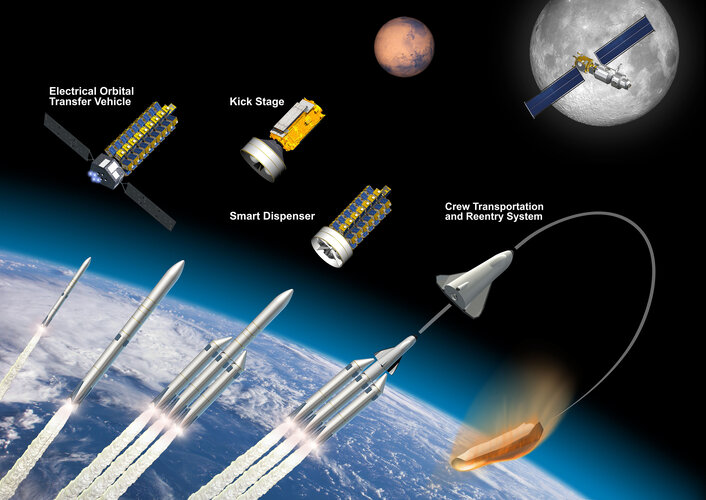
How can Europe exploit its technical, industrial and financial strengths to ensure it remains a leader in space transportation in the 2030s and beyond? How can ESA, Europe’s national space agencies and institutions, and both established and new industrial partners better co-ordinate their efforts to meet global competition that demands innovation and cost-reduction?
These were just a few of the questions discussed during an ESA-hosted roundtable conference held on 27-28 June in Palermo, Sicily. The event, called “Shared Vision for the Future of Space Transportation in Europe”, saw more than 100 representatives of Europe’s space sector discuss the technical and
The James Webb Space Telescope, by the numbers

The most powerful space telescope ever built, James Webb is set to deliver its first full-color scientific images to the world Tuesday.
Here is an overview of this feat of human ingenuity, in five key figures.
More than 21 feet
The centerpiece of the observatory is its huge main mirror, measuring more than 21 feet (6.5 meters) in diameter and made up of 18 smaller, hexagonal-shaped mirrors.
The observatory also has four scientific instruments: cameras to take pictures of the cosmos, and spectrographs, which break down light to study which elements and molecules make up objects.
